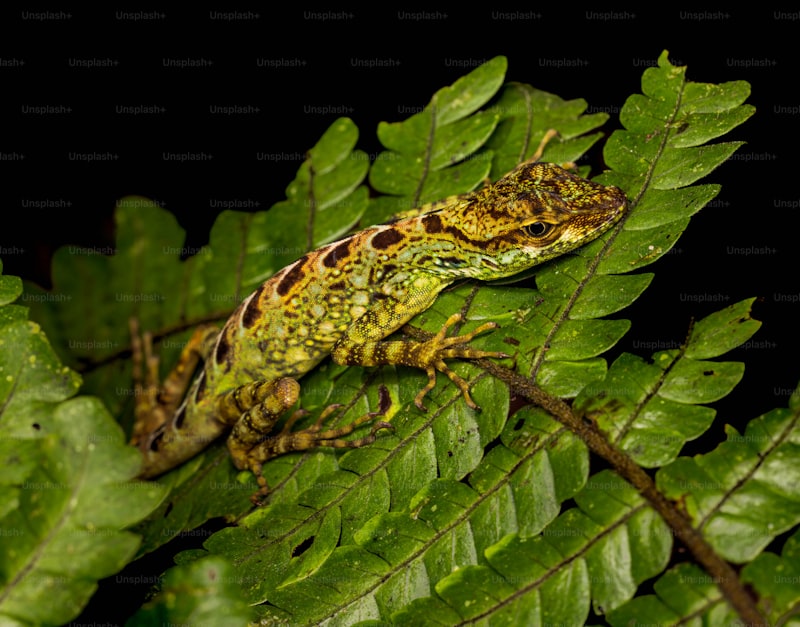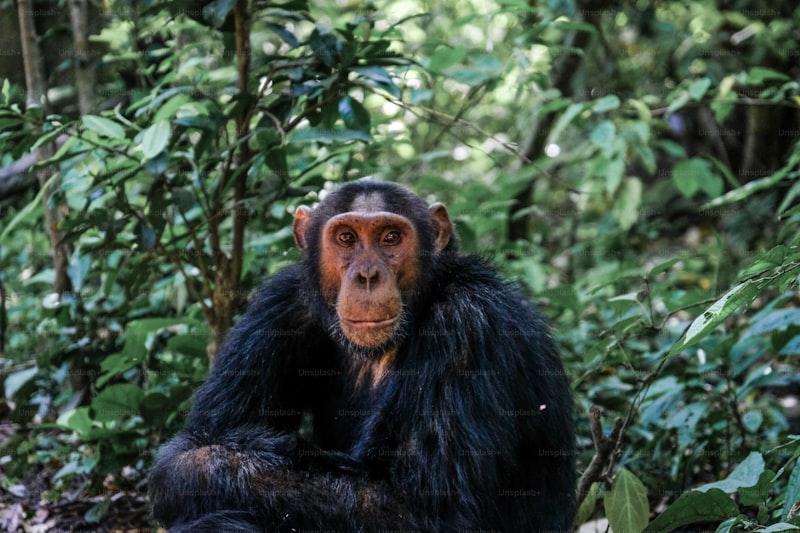Take, for instance, the Galapagos tortoise, a symbol of resilience and adaptation. These ancient creatures showcase genetic diversity through various shell shapes and sizes, each tailored to their island’s environment. Their genetic makeup not only reflects their evolutionary journey but also provides insights into how these species have adapted to diverse ecological niches.
Similarly, the Hawaiian honeycreepers exemplify genetic diversity within a single avian family. From the vibrant colors of the ‘I’iwi to the specialized beaks of the ‘Akohekohe,’ each species has evolved distinct genetic adaptations to utilize different food sources and habitats across the Hawaiian archipelago.
Why does genetic diversity matter? It ensures the long-term survival of species by enhancing their ability to adapt to environmental changes, such as climate fluctuations or human impacts. Just as a painter uses a palette of colors to create a masterpiece, endemic species with high genetic diversity are like nature’s artists, equipped with a toolkit of genetic variations that enable them to thrive in ever-changing landscapes.
But genetic diversity isn’t just a biological concept—it’s a story of survival, resilience, and interconnectedness. It’s a narrative written in the genes of every endemic species, from the smallest insect to the tallest tree. Each gene is a sentence in this story, detailing adaptations, migrations, and co-evolution with other species.
Unraveling the Genetic Tapestry: Exploring Diversity in Endemic Species
Imagine Earth’s biodiversity as a vast quilt, where each endemic species weaves its own distinctive pattern. From the towering baobabs of Madagascar to the elusive Tapanuli orangutan of Sumatra, these species are not merely inhabitants of their habitats but guardians of genetic heritage. They represent the culmination of ecological processes sculpted by isolation, climate, and geological history.
Diving into the genetic makeup of endemic species unveils a treasure trove of adaptations. Take the Galápagos giant tortoise, for instance. Its unique genetic mutations enable it to thrive in diverse island environments, shaping its shell size and diet preferences over centuries of evolution. Similarly, Australia’s kangaroos showcase genetic diversity that aligns with their ecological niches across the continent’s varied landscapes.
What makes exploring endemic species truly awe-inspiring is their role as living artifacts of evolution. They’re like ancient manuscripts, telling stories of survival and resilience against the backdrop of environmental change. From the smallest insects to towering trees, each endemic species offers a glimpse into nature’s laboratory of genetic experimentation.
Moreover, studying these species isn’t just about understanding biological diversity; it’s about appreciating the interconnectedness of life itself. Just as threads of a tapestry rely on each other to form a coherent whole, endemic species contribute to the resilience and sustainability of ecosystems worldwide. They remind us of the delicate balance between conservation efforts and the preservation of genetic heritage for future generations.
In essence, unraveling the genetic tapestry of endemic species is a journey through time and space, where each discovery sparks new questions and deeper insights into the marvels of evolution. It’s a testament to nature’s ingenuity and our responsibility to safeguard its intricate designs for generations to come.
Preserving Precious Genes: The Importance of Genetic Diversity in Endemic Plants
Imagine a garden where each plant is a unique masterpiece, not just in appearance but in its very genetic makeup. This diversity isn’t just beautiful—it’s crucial for the survival of plant species, especially those found only in specific regions, known as endemic plants.
Endemic plants, like rare gems hidden in nature’s vaults, hold genetic codes that are irreplaceable. They adapt to their local environments over millennia, developing traits that make them resilient to local conditions—be it the scorching sun of a desert or the relentless humidity of a rainforest. This adaptation isn’t just a random occurrence; it’s a result of diverse genetic variations within the plant populations.
Why does genetic diversity matter so much? Think of it as nature’s insurance policy. A diverse gene pool means that if a disease strikes or the climate changes suddenly, some plants may have the genetic traits needed to survive and thrive. It’s like having a toolbox with different tools: each tool serves a unique purpose, ensuring that you can tackle any job that comes your way.
In the case of endemic plants, their genetic diversity isn’t just about survival—it’s about evolution. Over time, plants with beneficial traits pass on their genes to future generations, gradually shaping the population to become better suited to its environment. This process, known as natural selection, is the driving force behind the incredible variety of life forms we see today.
But here’s the catch: human activities, such as deforestation, urbanization, and climate change, threaten this delicate balance. When habitats shrink or disappear altogether, endemic plants lose their homes and their chance to thrive. This loss isn’t just a tragedy for biodiversity—it’s a loss for humanity as well, as many of these plants hold untapped potential for medicine, food, and other essential resources.
So, what can we do? Conservation efforts play a pivotal role. Protecting natural habitats, establishing seed banks, and promoting sustainable land use are crucial steps towards safeguarding genetic diversity in endemic plants. By preserving these precious genes, we not only protect the plants themselves but also ensure a healthier, more resilient planet for future generations.
Genetic diversity in endemic plants isn’t just a scientific concept; it’s a testament to the wonders of nature’s design and our responsibility to steward it wisely. As stewards of this planet, we hold the key to ensuring that these unique plants continue to thrive and inspire awe for generations to come.
Endemic Wonders: Genetic Variability and Conservation Challenges
The genetic variability of endemic species often reflects their adaptation to local conditions over millennia. This variability not only supports their ability to thrive in distinct ecosystems but also enhances their resilience against environmental changes. For instance, the Australian Kangaroo Island dunnart exhibits genetic traits that enable it to withstand the island’s fluctuating climatic conditions, making it a prime example of evolutionary adaptation in action.
Conserving endemic species, however, presents significant challenges. Their restricted geographical ranges make them particularly vulnerable to habitat loss, climate change, and human activities such as deforestation and urbanization. The conservation efforts must, therefore, prioritize preserving their unique genetic diversity while addressing the threats they face.
In practical terms, conservationists employ various strategies to safeguard endemic species. These include establishing protected areas, implementing habitat restoration projects, and monitoring population dynamics. Genetic research plays a pivotal role in these efforts, helping scientists identify key genetic markers for breeding programs aimed at maintaining diversity and preventing inbreeding depression.
The urgency of conserving endemic species lies not only in preserving their intrinsic value but also in recognizing their ecological roles. From pollinators crucial to plant reproduction to predators regulating prey populations, endemic species contribute to the overall health and balance of their ecosystems.

By understanding the genetic variability of endemic species and confronting the conservation challenges they face, humanity can ensure that these remarkable creatures continue to enrich our planet for generations to come.
Hidden Gems of Evolution: Genetic Diversity in Endemic Fauna
Imagine the Galápagos finches, immortalized by Charles Darwin’s pioneering studies. These iconic birds showcase how isolation on different islands led to distinct beak shapes, each finely tuned to their specialized diets. Such adaptations not only demonstrate nature’s ingenuity but also underscore the critical role of genetic diversity in species survival.
Delving deeper, Madagascar offers a treasure trove of endemic biodiversity. The island’s lemurs, evolved in splendid isolation, boast a spectrum of sizes, behaviors, and habitats. Their genetic makeup not only reveals insights into past climates and geological shifts but also serves as a poignant reminder of the fragility of unique ecosystems.
Consider Australia’s marsupials, another testament to evolutionary divergence. From the nimble kangaroos bounding across the outback to the enigmatic monotremes like the platypus, these creatures embody genetic resilience in a land of contrasts. Their genomes hold secrets that could unlock medical breakthroughs or inspire innovations in conservation strategies worldwide.

In the depths of the Amazon rainforest, myriad frog species epitomize genetic diversity. Each vibrant hue and intricate pattern tells a tale of adaptation and survival in one of Earth’s most biodiverse regions. Their genetic resilience against changing climates and encroaching threats underscores the urgency of protecting these fragile ecosystems.
Frequently Asked Questions
How can we conserve genetic diversity in endemic species?
Learn how to preserve genetic diversity in endemic species through effective conservation strategies and sustainable management practices.
How is genetic diversity measured in endemic species?
Genetic diversity in endemic species is measured using various molecular markers such as DNA sequences or microsatellites. These markers help scientists assess the variability within populations, crucial for conservation efforts and understanding evolutionary processes.
Why is genetic diversity important for endemic species?
Discover why genetic diversity is crucial for endemic species. Learn how it ensures resilience, adaptation, and survival in unique environments, safeguarding against threats like diseases and climate change.
What threats affect genetic diversity in endemic species?
This FAQ provides concise information on the threats that impact genetic diversity in endemic species. It focuses on identifying key factors such as habitat loss, fragmentation, climate change, invasive species, and genetic drift, highlighting their detrimental effects on the genetic variability crucial for species survival.
What is genetic diversity in endemic species?
Genetic diversity in endemic species refers to the variation in genes within a specific geographic area. It ensures resilience and adaptation to environmental changes, crucial for their survival and evolution.


